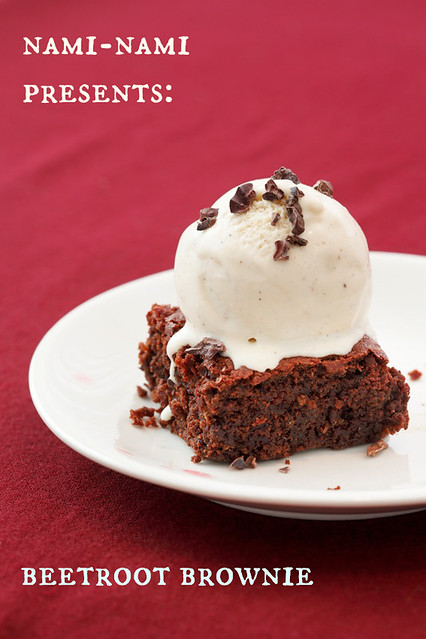
Today is the Greek independence day, commemorating the start of the War of Greek Independence back in 1821. I'm celebrating with sharing one of my favourite Greek dishes with you.
The recipe has been with me since early 1990s, and I remember clearly that I discovered it from a Finnish women's magazine. Cannot remember the exact date or the name of the magazine, but it was called "kreikkalainen papupata" or Greek bean stew. Since then - and that means for the last 20+ years - I've been making it every now and then. It's versatile - it's lovely when steaming hot, but also nice at room temperature and perfectly edible straight from the fridge. It goes equally well with some bread, or with a grilled steak, it can handle beer, water or wine. My kind of dish, you know :)
Green beans with tomatoes and feta
(Rohelised oad Kreeka moodi)
Serves 3 to 4 as a side dish, or 2 as a main dish

400 - 450 g frozen green beans, trimmed
2 large (red) onions, chopped
2-3 Tbsp olive oil
400 g canned chopped tomatoes
water
1-2 tsp dried Greek oregano
sea salt and freshly ground black pepper
fresh flat-leaf/Italian parsley, chopped
To serve:
about 100 g of Greek feta
(If using fresh beans, then trim them first, then boil in plenty of salted water for about 5 minutes. Discard the liquid).
Heat olive oil in a sauté pan. Add the onion and fry gently for about 5 minutes, until the onions start to soften. Don't burn them!
Add the tomatoes, the green beans and some water (I usually just fill the empty tomato tin with water). Season with salt, pepper and oregano. Bring to the boil, then reduce heat and simmer gently for about 20-25 minutes, until the beans are cooked and the tomato sauce thickened. Stir in the parsley.
Transfer the beans and tomato into a serving dish. Crumble some feta cheese on top.








